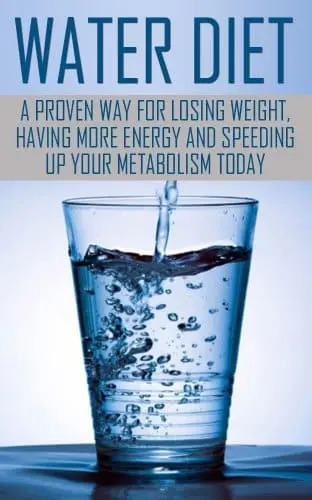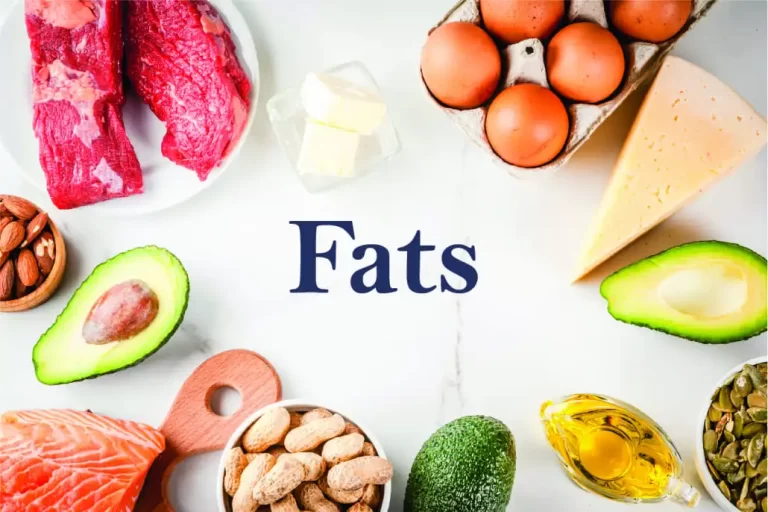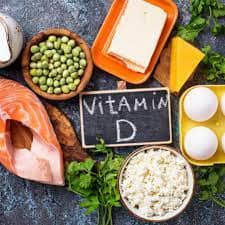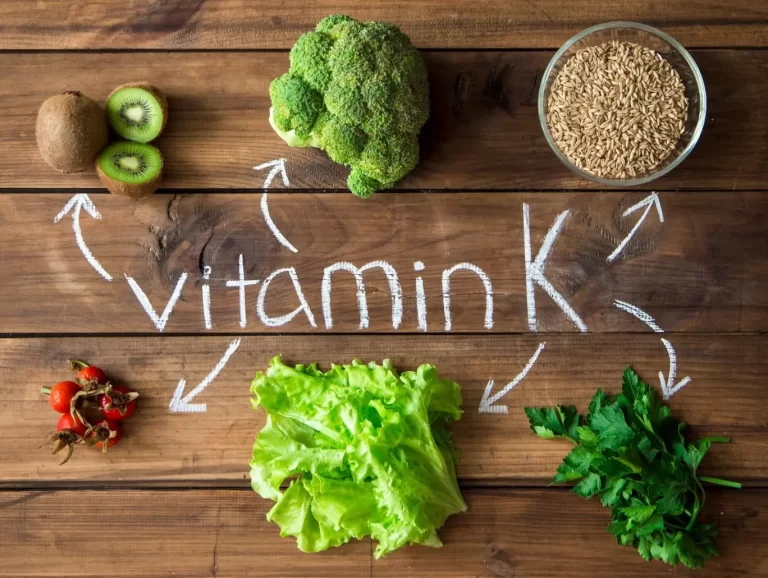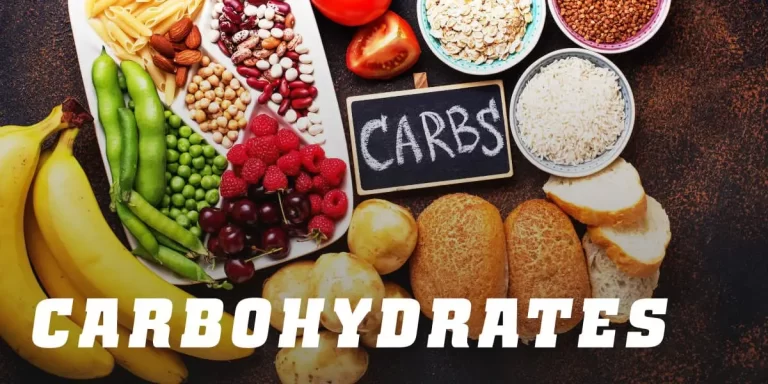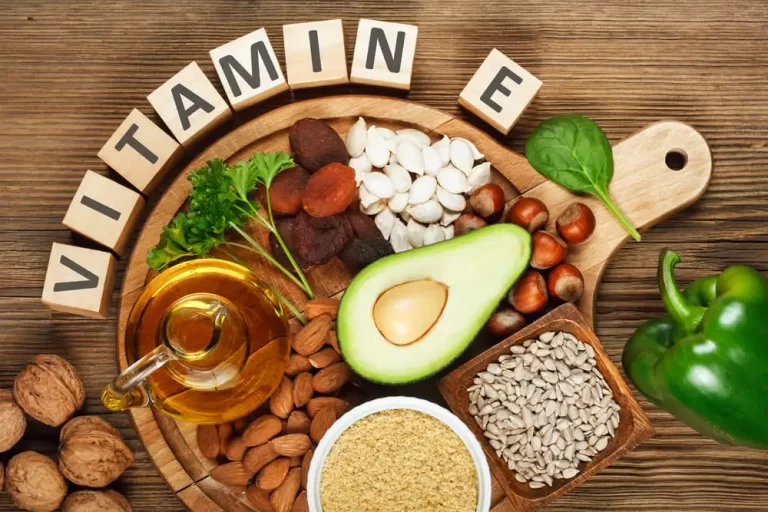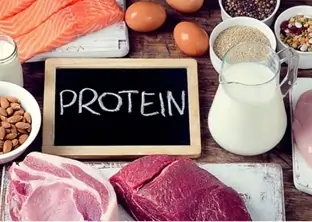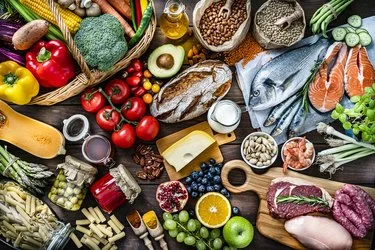Dietary Water
What is a Dietary Water? It is often believed that drinking water while eating may be good for one’s health, particularly in terms of dermatology (which prevents aging). The goal of the current investigation was to measure the effect of dietary water on key skin physiology parameters. A total of 49 healthy ladies (mean age…

